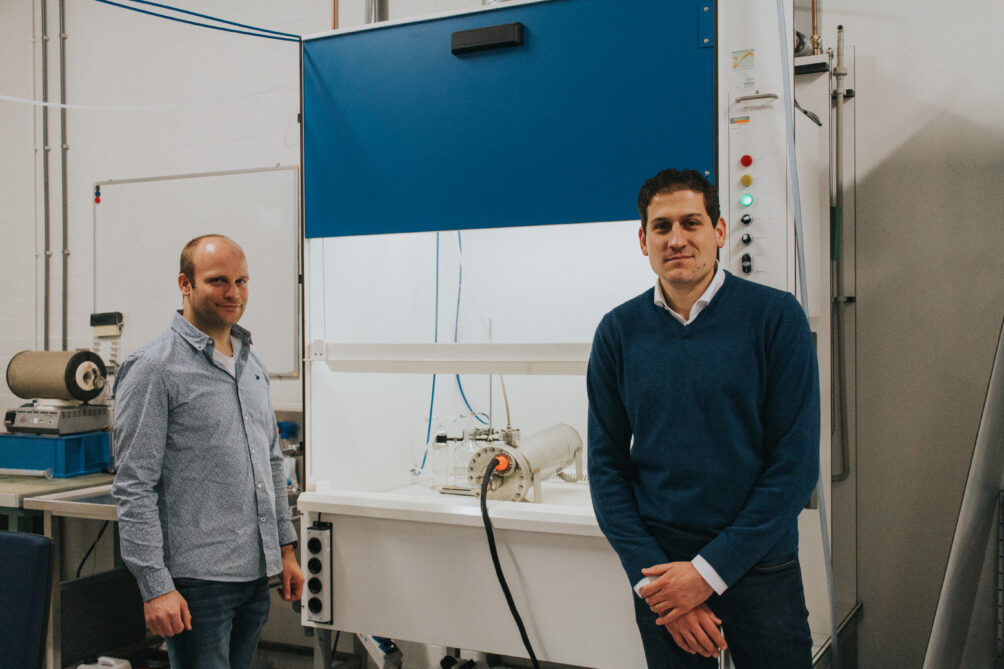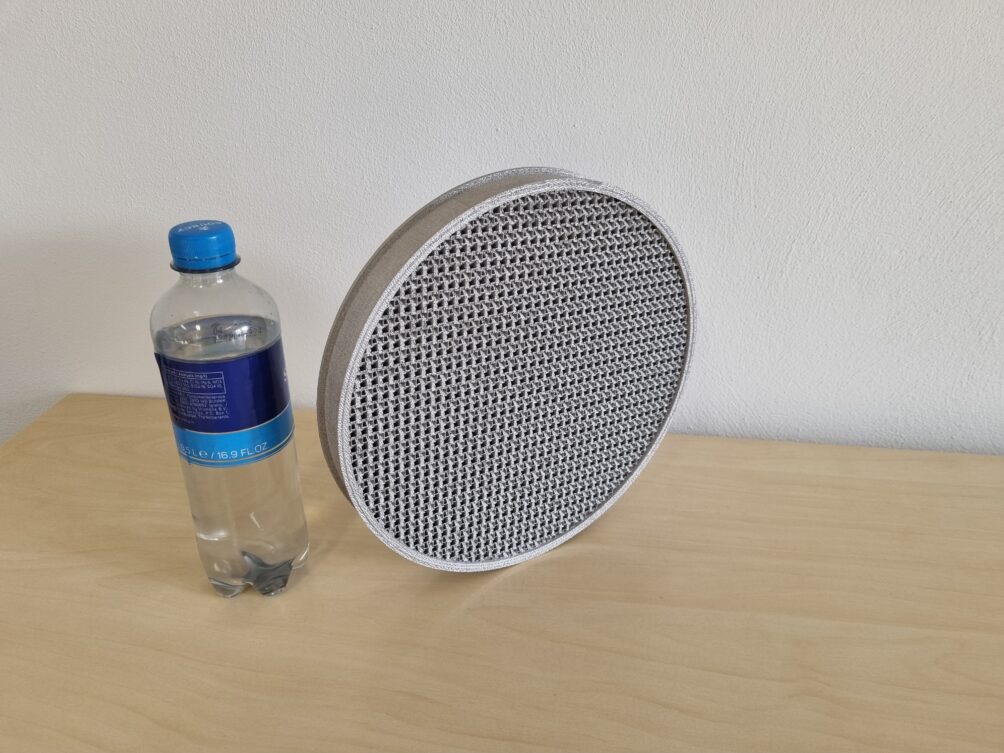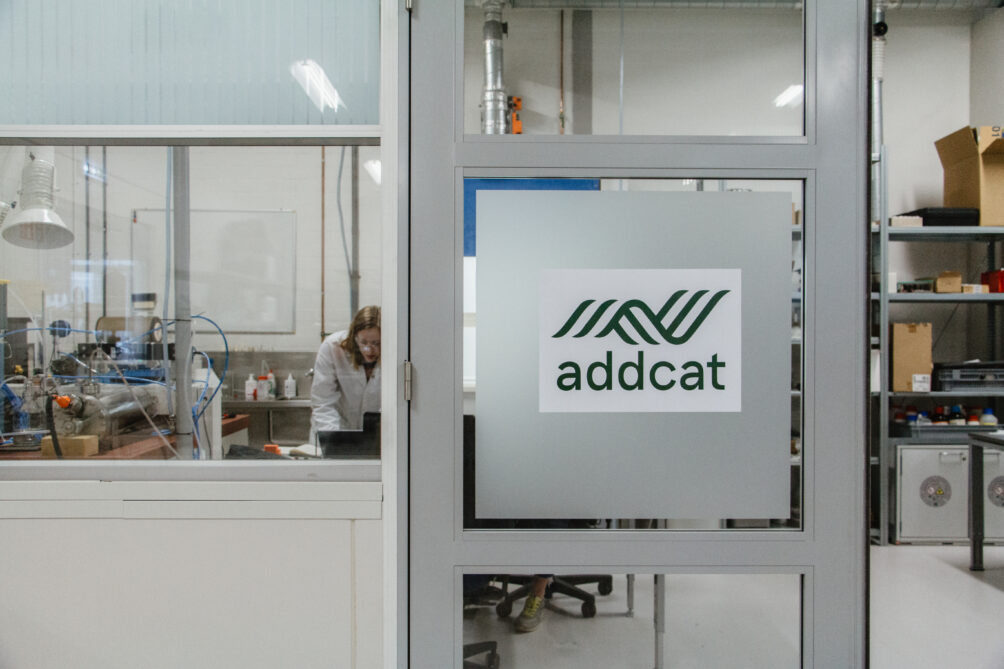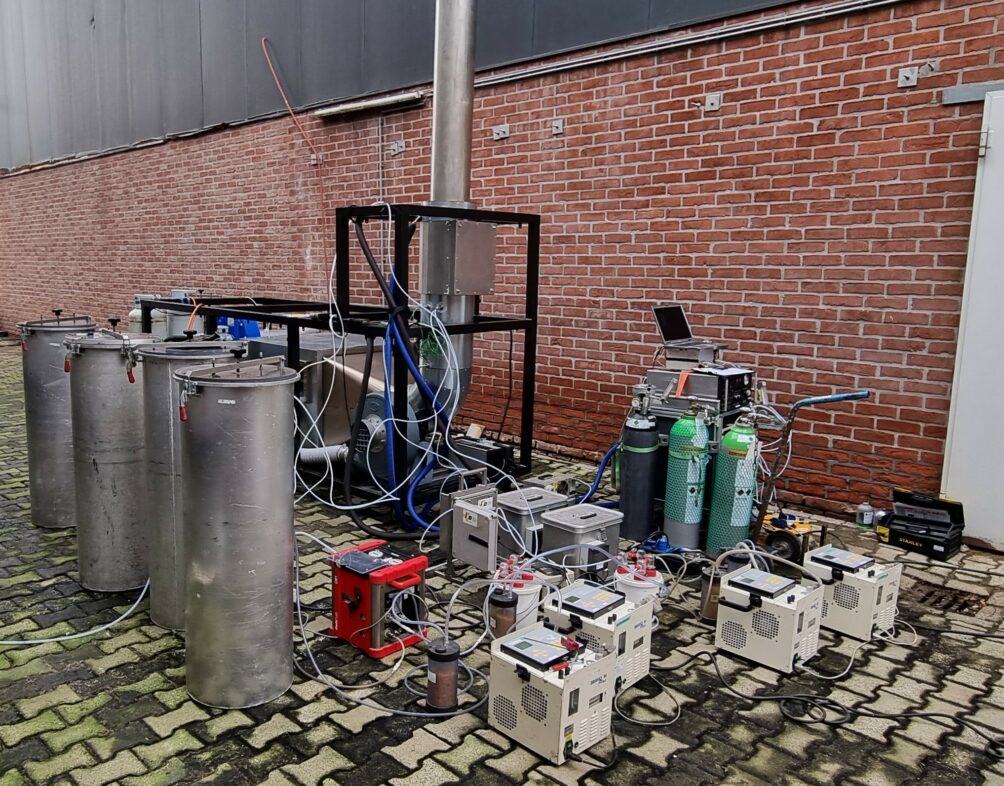guide,3D printingIt is a rapidly developing new technology. For this technology, there will be new discoveries almost every day. What I want to introduce to you today is the use of3D printingTechnology developed air filtration.
On May 2, 2022, AddCat, a 3D printing startup from the Netherlands, adopted3D printing technologyhas developed an air filtration and purification system, which it claims is a new technology to effectively remove air pollutants.

Every year, around 7 million people worldwide die from diseases caused by air pollution. According to the World Health Organization, the level of pollutants in the air needs to be drastically reduced.
How does it work?
For example, everyone knows
car
The three-way catalytic converter in the system, its function is to filter out harmful exhaust gases. The polluted air is purified by reacting with the catalyst material and then discharged.
AddCat’s filters work on a similar principle, but they use 3D-printed cleverly engineered catalyst internals, so they can make more complex, more efficient air filtration devices.
The polluted air actually needs a longer filtration path within a relative distance, so that harmful molecules can fully contact the active catalyst material. In this way, more than 95% of harmful pollutants can be removed from the air while being more energy efficient.

Does the technique work?
AddCat CEO Gerald van Santen explained: “We have tested many different prototypes of 3D printed structures. Because we are working with K3D and AMPC Solutions (Eindhoven’s3D printing company), so filters can now be developed more quickly.
As a member of the Geldrop TBRM group incubator, we receive a lot of technical support. Over the past year, the technology has been extensively tested and upgraded, which has now expanded the filtering effect by a factor of about 1,000. From 1 cubic meter per hour to now 1000 cubic meters. “
At the same time, we have passed the VITO technical evaluation of the testing agency Flemish knowledge institute. We have successfully achieved up to 98% air filtration. With this data, it is possible to show potential clients in the future that the technique actually works. “

Why think of using3D printing technology
At present, 3D metal printing is still in the stage of industrialization. We wanted to demonstrate that it is also possible to use this technique on a large-scale production scale. “
becauseMetal 3D PrintingTechnology enables reactor structures with high thermal conductivity. By recovering the energy released from the reactor, the entire catalytic process is made energy efficient. The innovative reactor structure with large surface area and low pressure drop further ensures very efficient conversion in small reactor volumes.
The technology has a wide range of applications. It enables AddCat to develop air purification technologies with cost and process advantages compared to conventional/available catalytic oxidation technologies.

Time to market
“We hope to bring it to the market within this year. After verification, we are now developing an air purification system that can filter up to 50,000 cubic meters per hour. At the same time, a patent has also been applied for the technology to recycle 95 % of heat, reducing operating costs for customers.”
“Meanwhile, a project is currently underway in collaboration with Wageningen University involving the removal of methane from the atmosphere.” “Now we are using 3D printing technology to try to reduce development costs. For this, we will also have help from TBRM engineers. “
(responsible editor: admin)


0 Comments for “AddCat uses 3D printing technology to produce air filters with an efficiency of 95%, planning mass production”